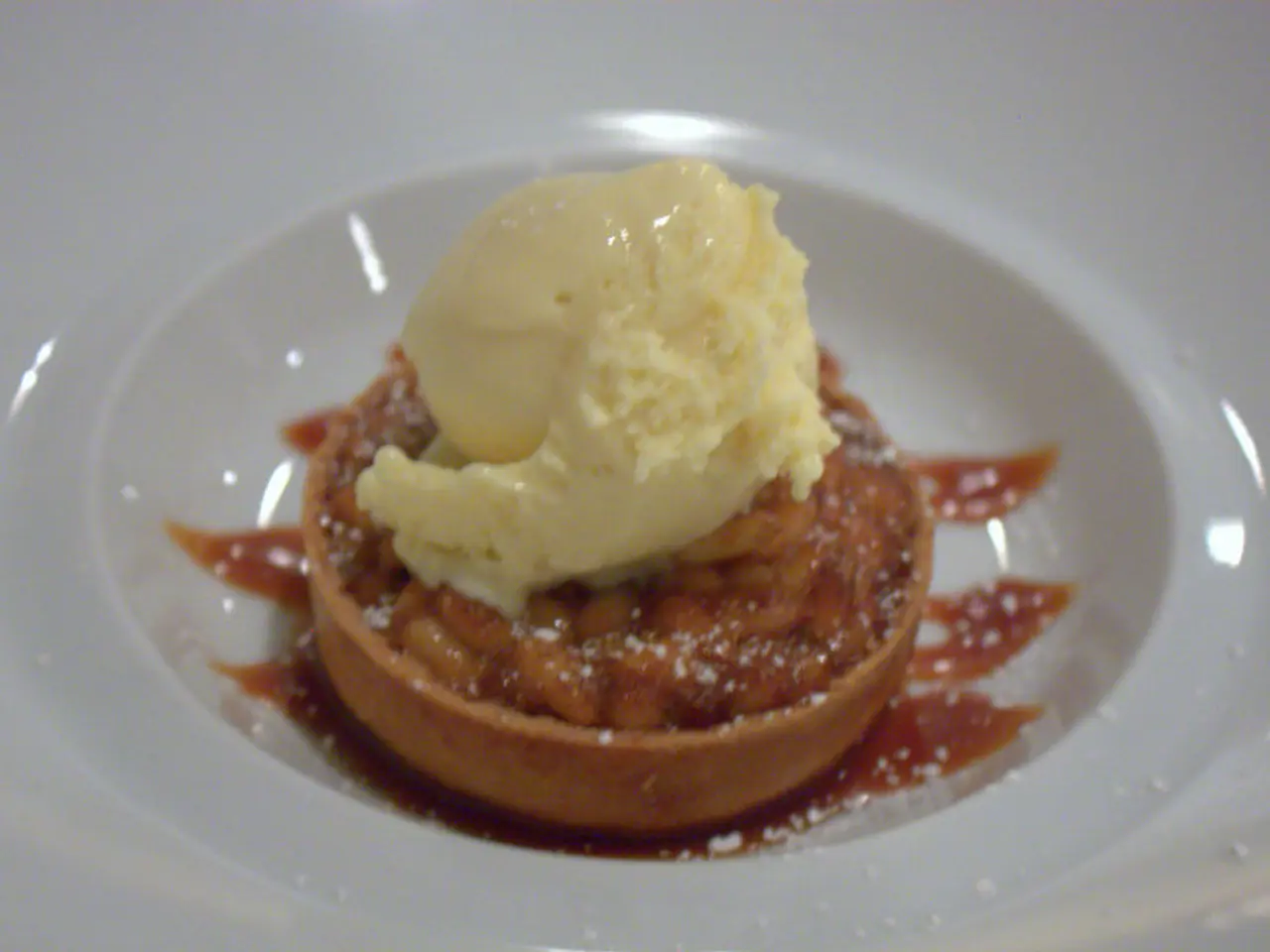Could this vibrant purple root vegetable be the next trendy superfood like matcha?
In the vibrant food scene of Auckland, a unique purple tuber is making waves. Lincoln Tan, the director of Chow Luck Club, recently co-organised a Ube Fiesta to celebrate the growing popularity of ube in the city.
Ube, a starchy tuber native to the Philippines, is known for its vibrant color and subtle taste. This tuber thrives in tropical and subtropical regions with temperatures ranging from 22°C to 25°C, and cannot tolerate frost. However, in Auckland, fresh ube is not readily available, and it can be found imported in frozen bags at Filipino supermarkets or from suppliers.
The production volume of ube has been dropping at a rate of 10 percent each year, leading to a production shortage. This shortage has unfortunately led to the increase of fake processed ube goods in the market, made with artificial flavoring or cheaper root crops like kumara or potato.
Despite these challenges, ube continues to be a popular ingredient in Auckland's food scene. Anj and PJ Anos, who run a start-up food business, The Caramella Bakery, have found success with their ube-filled empanadas. The secret to their popularity? The real ube in the filling.
If Anj were to use kumara and ube flavoring to make her ube jam, called ube halaya, it would cost her only a quarter as much as using the imported frozen ube from the Philippines. The process involves grating the ube, mixing it with coconut milk and coconut cream, and stirring the mixture on low to medium heat for about an hour to prevent burning, adding in butter halfway through.
Ube is not just a sweet treat; it also finds its place in savory dishes. From soups to savory pastries, the nutty, earthy taste of ube complements a variety of flavors. Jomoc, a proud advocate for ube, wishes for more support for ube farmers in the Philippines, highlighting its many health benefits. Ube has a low glycaemic index and contains antioxidants that may help reduce blood pressure and inflammation.
In the Philippines, ube is mainly produced by local farmers due to its suitability to the climate and soil conditions. However, the average age of ube growers is 61 years old, and the farms are small and not economically attractive due to inefficiencies in manual labor.
Food influencer Analiza Badilles is trying to grow ube in her Auckland backyard, but finds it challenging due to the colder Auckland winter. Despite these challenges, the love for ube continues to grow, and it's clear that this purple superfood is here to stay.
Read also:
- Understanding Hemorrhagic Gastroenteritis: Key Facts
- Stopping Osteoporosis Treatment: Timeline Considerations
- Tobacco industry's suggested changes on a legislative modification are disregarded by health journalists
- Expanded Community Health Involvement by CK Birla Hospitals, Jaipur, Maintained Through Consistent Outreach Programs Across Rajasthan







